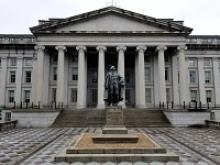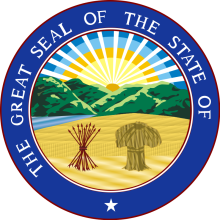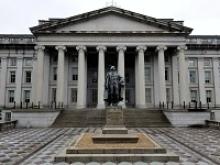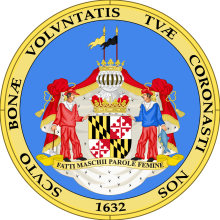Fiber for All the Kingdom’s Residents: A Promising Model for Connecting Rural Vermont
Internet connectivity in Vermont’s Northeast Kingdom is, well, downright medieval by modern telecommunication standards. With the exception of a handful of homes in the more densely populated communities of St. Johnsbury and Newport, the only choice for most folks living in the rural environs of the Northeast Kingdom is between DSL and satellite.
That’s all changing now thanks to one of the state’s nascent Communication Union Districts (CUD), enabled by a 2015 Vermont law that allows two or more towns to join together as a municipal entity to build communication infrastructure. These local governmental bodies were formed to help the state reach its goal of having universal access to broadband by 2024.
In the Realm of Broadband, Fiber is King
Formed in March of 2020, the NEK CUD has already raised $743,000 through a variety of grant programs, and, over the past year, has forged a partnership with Kingdom Fiber using COVID-relief funding to connect nearly 100 homes in the towns of Albany, Craftsbury, Greensboro, Hardwick, and Irasburg.
Now, the NEK CUD, known as NEK Community Broadband, has taken another major step on the path to bringing fiber connectivity to all residents and businesses in the 55 towns that comprise the district. Last week, the NEK CUD approved a $120 million business plan that will deploy about 2,800 miles of fiber across the region, passing 33,000 premises, according to NEK Community Broadband Chairman Evan Carlson.
“It’s mostly DSL here with 49 percent of addresses (in the Northeast Kingdom) not having access to anything 25/3 Mbps (Megabits per second) or above,” Carlson told us in a recent interview.
“I had HughesNet at one point and I was paying $150 a month. But now I have StarLink. It’s not perfect but…,” Carlson began to say, as his connection froze for about 10 seconds.
Hark! FTTH Cometh to the REAP Zone









